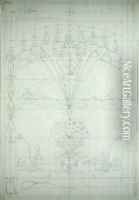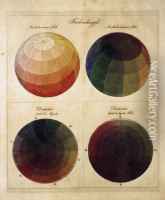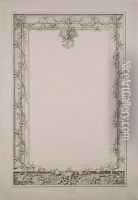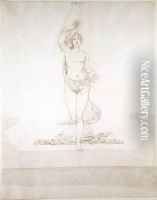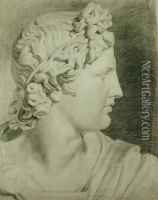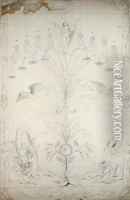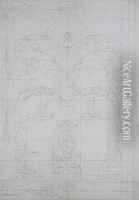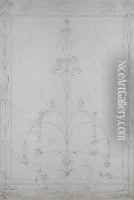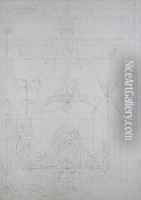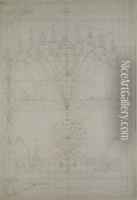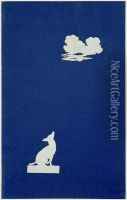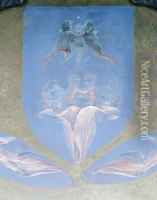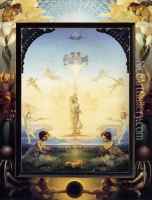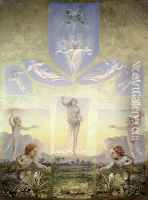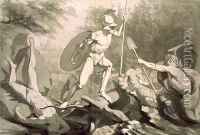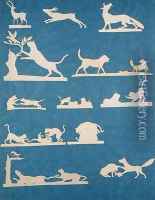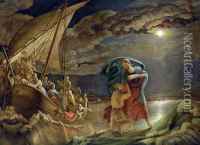Philipp Otto Runge Paintings
Philipp Otto Runge was a German Romantic painter and draughtsman, born on July 23, 1777, in Wolgast, then in Swedish Pomerania, which is now part of Germany. He was one of the best-known proponents of early Romanticism in German art. Runge was a contemporary of the German poet and artist Johann Wolfgang von Goethe and shared with him a fascination for natural philosophy and the interrelationships within nature.
Runge's artistic training began in the city of Hamburg, where he learned drawing before moving on to study painting in Copenhagen. Later, he attended the Academy of Fine Arts in Dresden, where he developed his own distinctive style. His approach to art was deeply influenced by his interest in the natural world and the spiritual or symbolic meaning he perceived within it.
Perhaps the most famous of Runge's contributions to the art world is his color theory, which he outlined in his essay 'The Hierarchy of Colors.' His ideas about color and its emotional effects were quite innovative for his time and would go on to influence subsequent generations of artists.
He is best known for his richly symbolic and allegorical works, which often explored themes of birth, death, and resurrection. One of Runge's significant works is 'The Times of Day,' a series of four paintings that represent different times of the day and are filled with symbolic imagery reflecting his interest in the unity of nature and the human soul.
Runge's career was cut short when he died of tuberculosis on December 2, 1810, at the young age of 33. Despite his brief life, his work and ideas had a lasting impact on the Romantic movement, and his legacy can be seen in the works of later artists who were inspired by his vision of a mystical and interconnected natural world.
